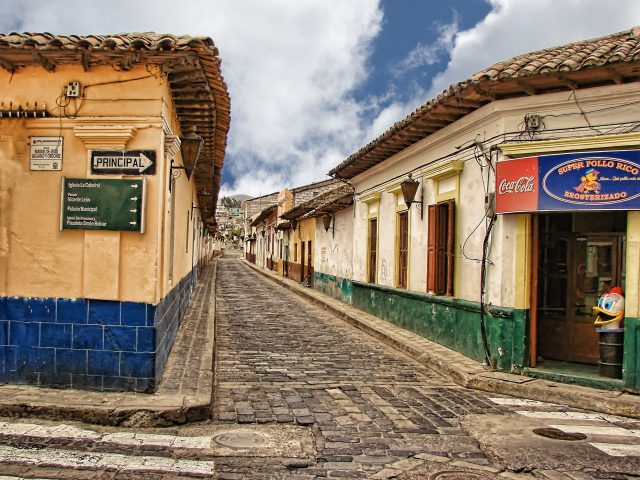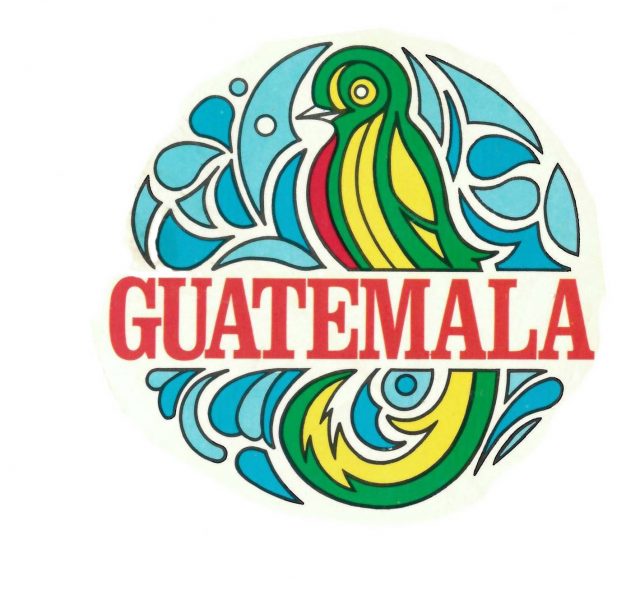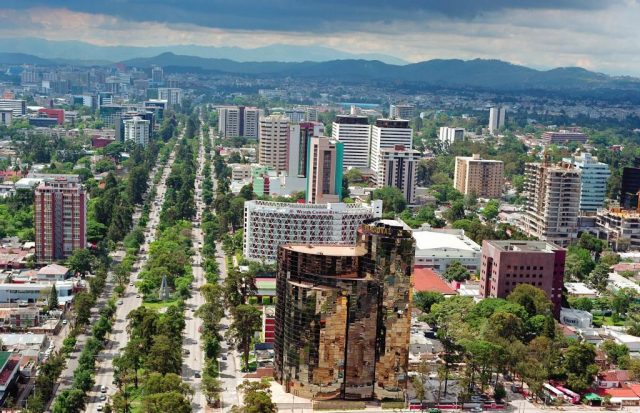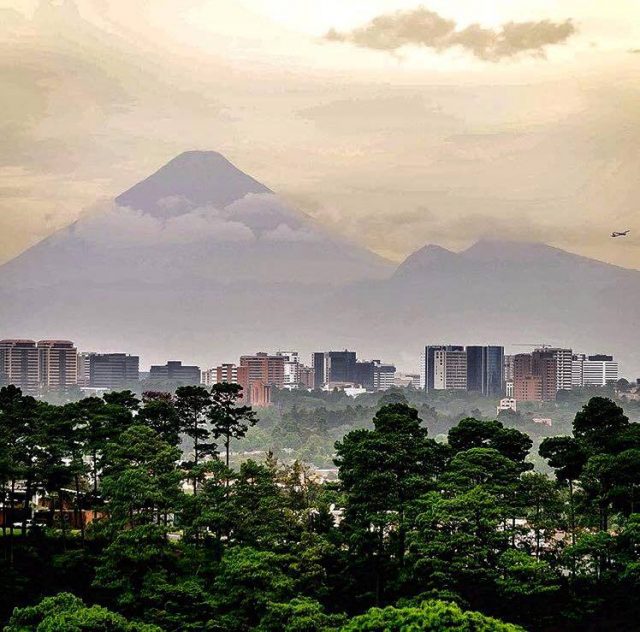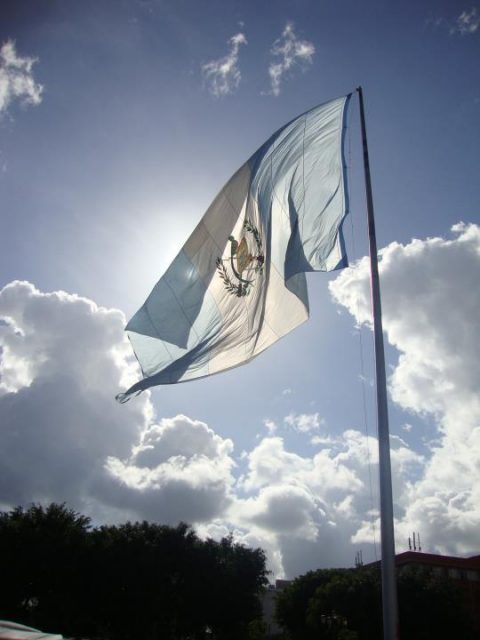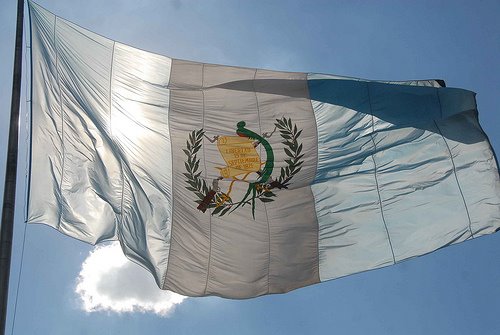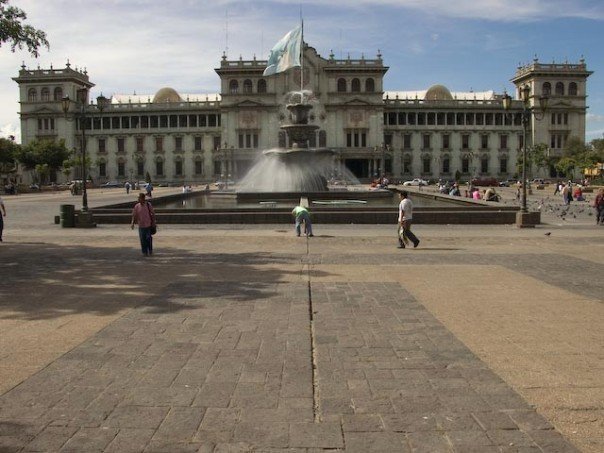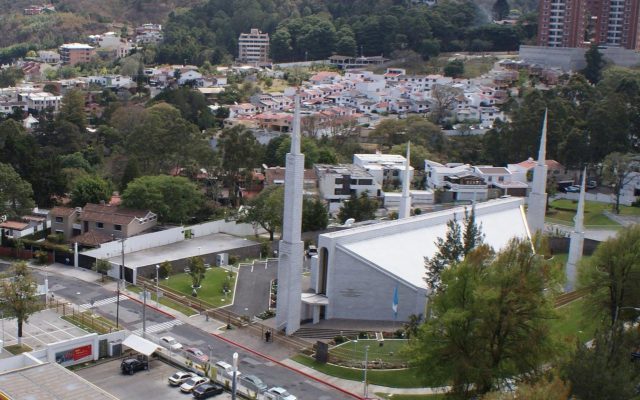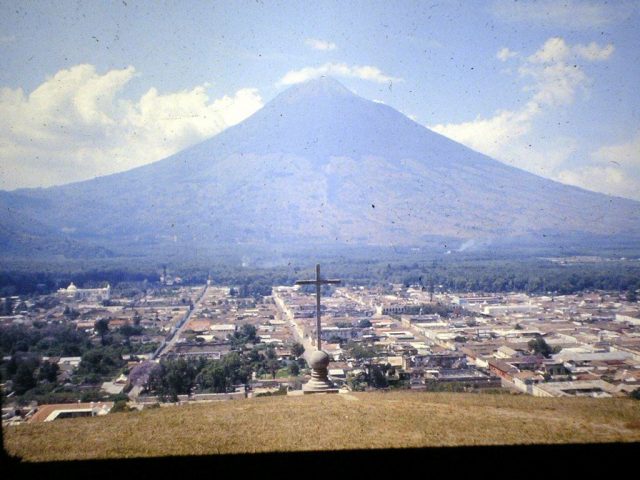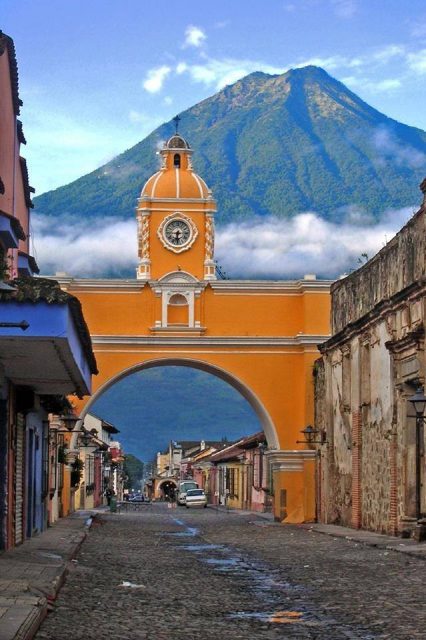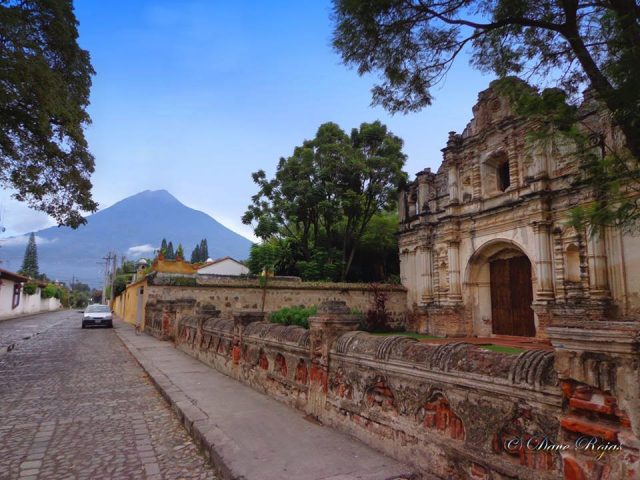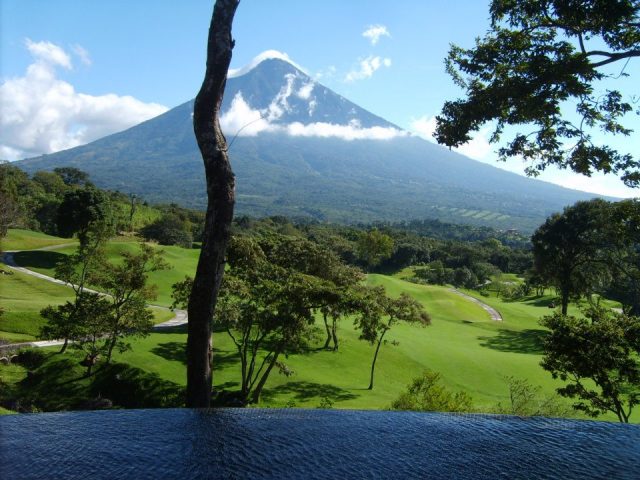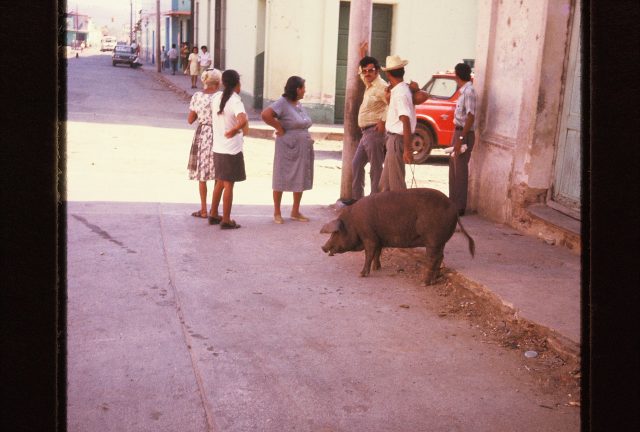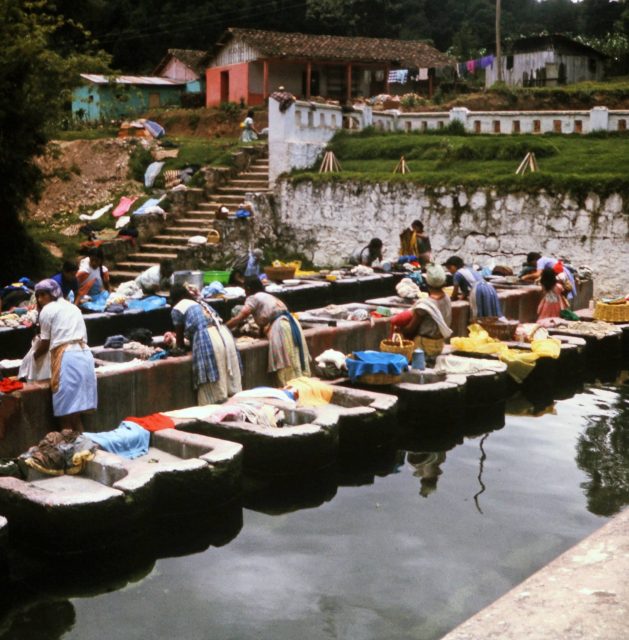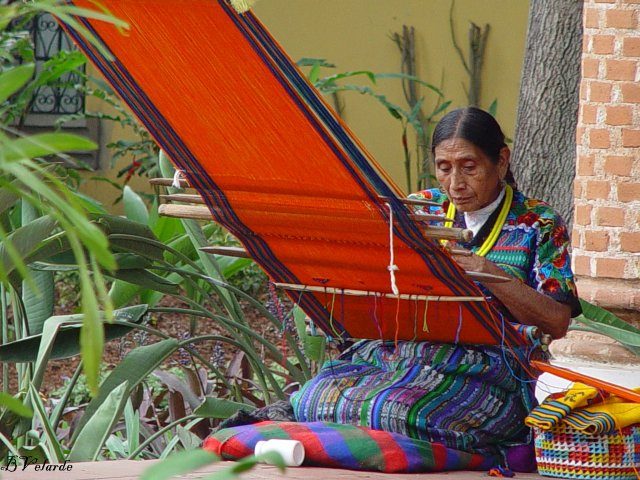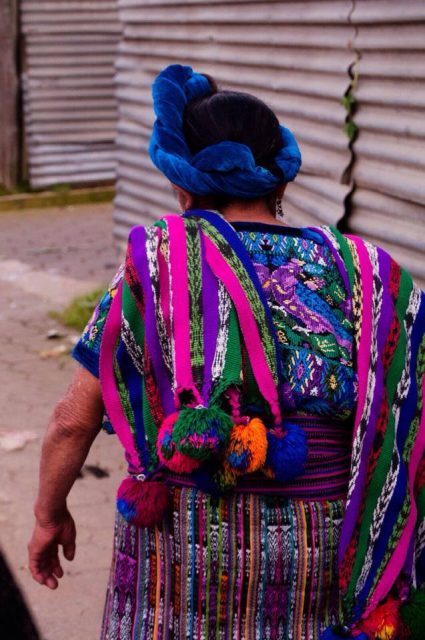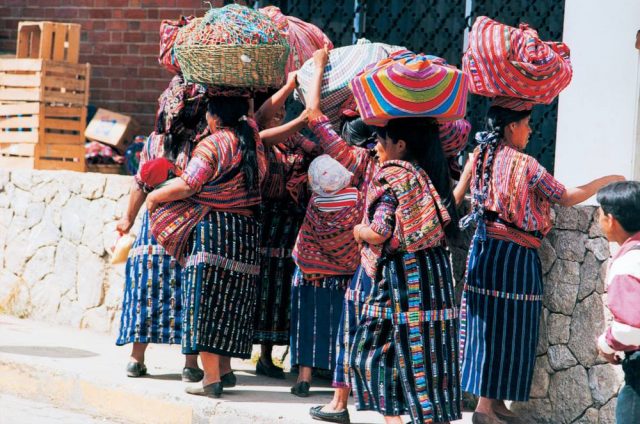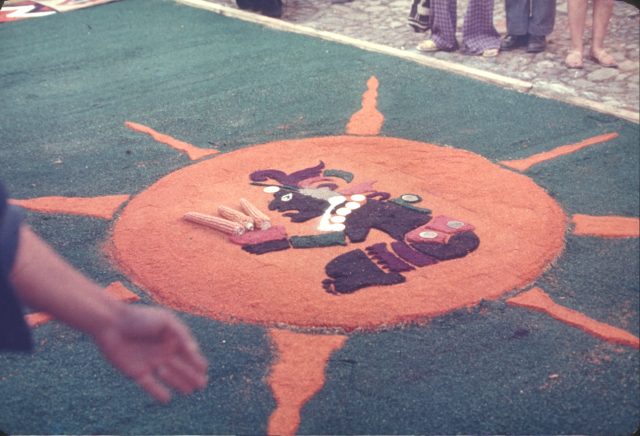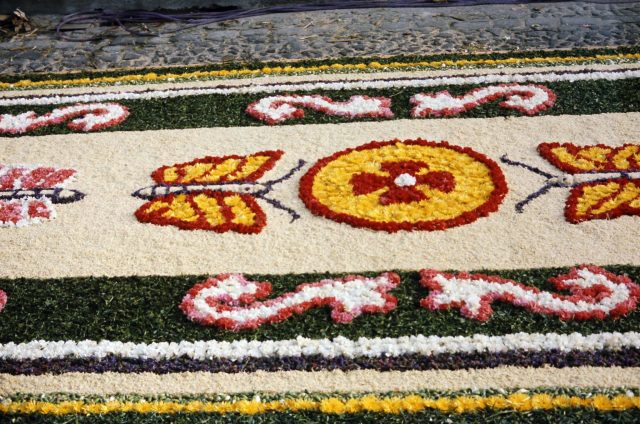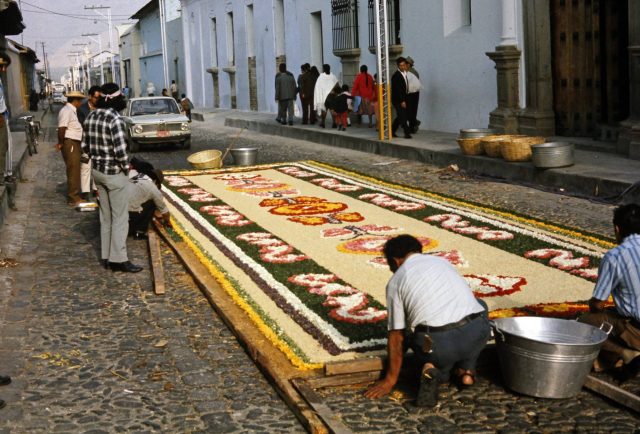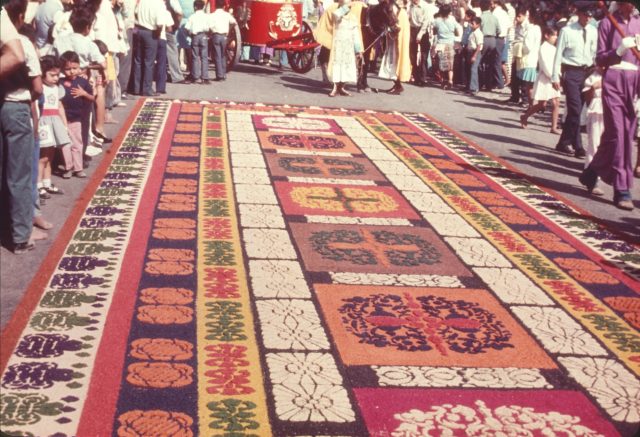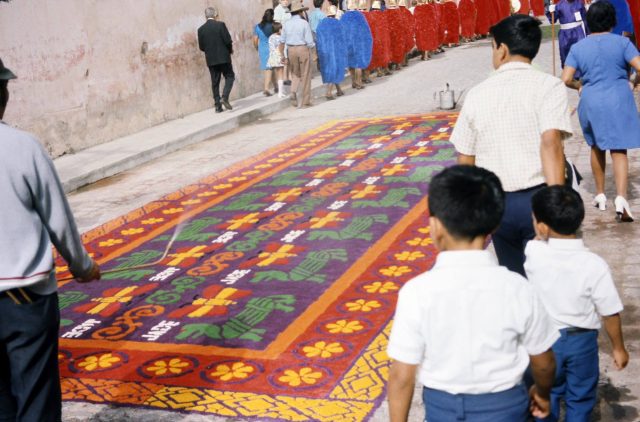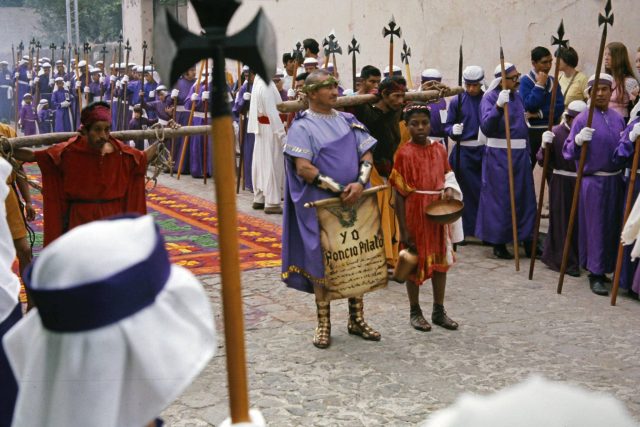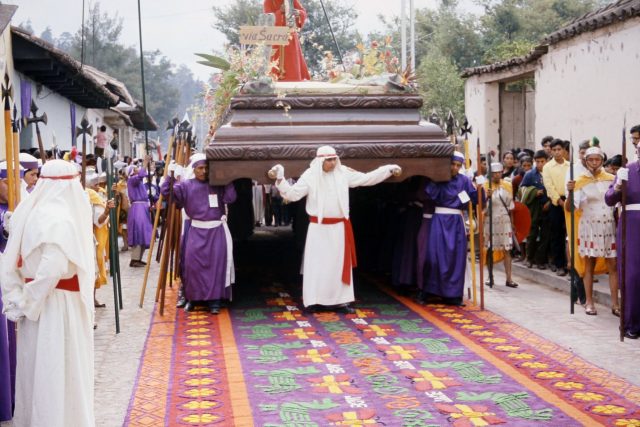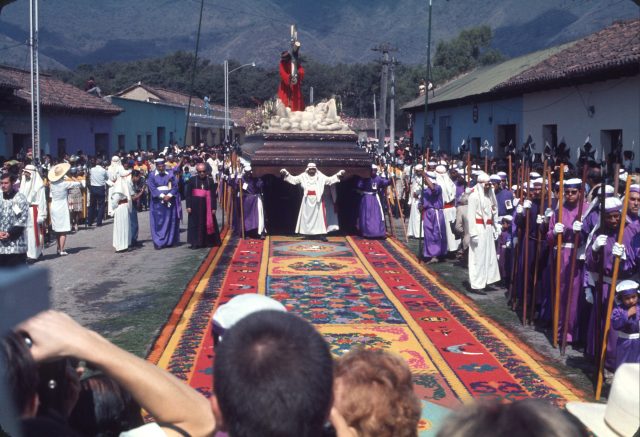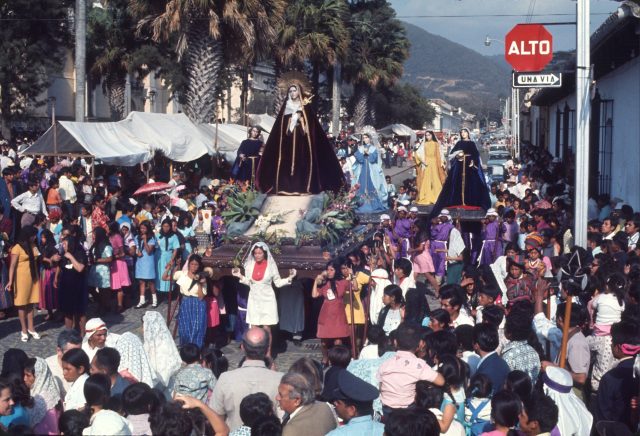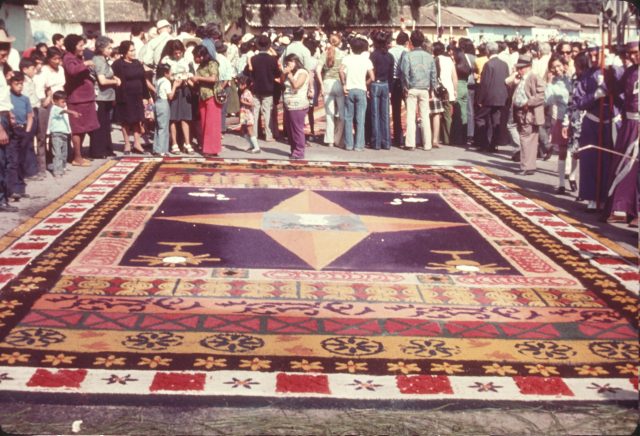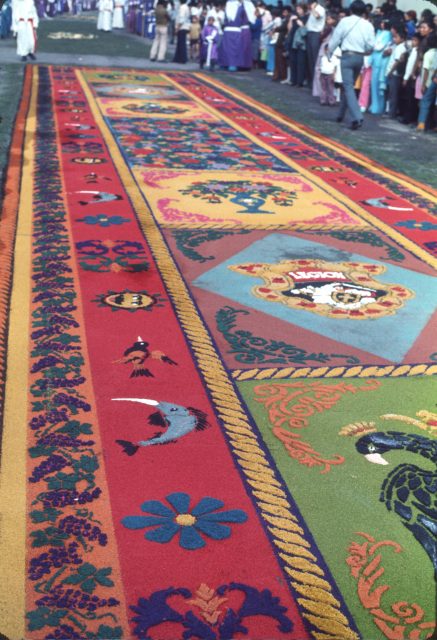About Guatemala
Watch this video “Guatemala – Land of Eternal Spring” by Devin Super Tramp
I wrote the manual Culture for Missionaries: Guatemala Indian in 1980 for the Missionary Training Center (MTC) for use by LDS missionaries to understand the culture of the native peoples of Guatemala. Read it online:
- Culture for Missionaries Guatemala Indian, pages 1-50
- Culture for Missionaries Guatemala Indian, pages 51-102
- Culture for Missionaries Guatemala Indian, pages 103-130
- Acknowledgments
You may also be interested in reading “Problems of a Divided Society: The Conflicting Cultures of Guatemala” that I wrote in 1977 to explain the two distinct Indian and Latin cultures in Guatemala.
Guatemalan Languages
From the Book of Mormon, we learn about Lehi’s voyage with his family to the Americas. We read about his arrival in the New World, the division between the followers of Laman and the followers of Nephi. That exciting history ends with the destruction of the Nephites in the year 421 A.D. The Lamanites were the sole survivors of Lehi’s race.
Today, many of the inhabitants of Guatemala are descendants of those Lamanites. Guatemala is a land of five million people who speak 51 languages. By the 1980s, the Church had translated a few items in eight of those 51 languages: Spanish (150,000 members), Kekchi (9,200 members), Quiche (9,200 members), Cakchiquel (4,000 members), Mam (1,500 members), Pocomchi (415 members), and Tzutujil (360 members).
- Read an overview of languages in Guatemala.
- See a guide to the changes in orthography for Cakchiquel (Kaqchikel).
- See other Cakchiquel resources.
- Read a A History of Cakchiquel (Kaqchikel) Translation in The Church of Jesus Christ of Latter-day Saints.
Education in Guatemala
Most Indian children learn to speak an Indian language in the home. If they later go to school, they learn Spanish, but continue to speak the native language in the home. Language issues affect much of the way of life of the Indians in Guatemala. In the rural areas of Guatemala where the Indians live, there are few schools. Although more and more Indians today receive a good education, it is progressing slowly. One reason for illiteracy is that the children who attend school find a very difficult language barrier. Most rural schools are taught in Spanish, and the young Indian who knows only an Indian language finds it very difficult to understand the teacher. He or she will usually spend the first few years adapting to the new language, and literacy is not attained until after the first several years. Since the majority of the Indian children who attend school do so for only a few years, true literacy is often never attained. Those children who do become literate generally do so in Spanish, so it is difficult for them to read even the few Church materials that are translated into their language. They are caught in an educational dilemma: (1) they learn to read in Spanish, but don’t understand many of the Spanish words they read, or (2) they understand all the words in the native language, but struggle to read it because they are not trained how to read the native language.
Guatemala City
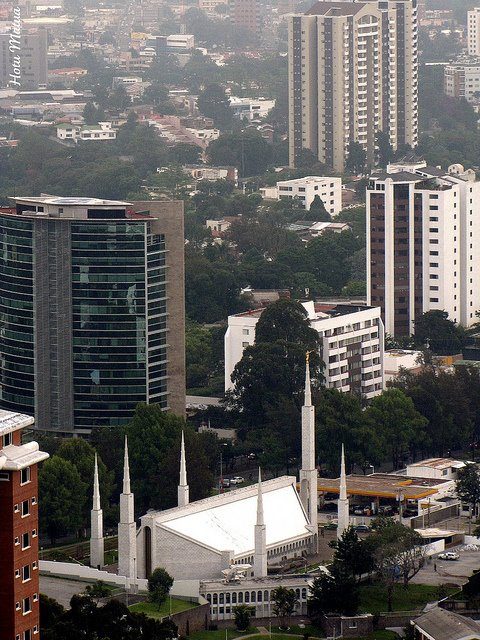
Guatemala City Temple of The Church of Jesus Christ of Latter-day Saints. Dedicated December 14, 1984

